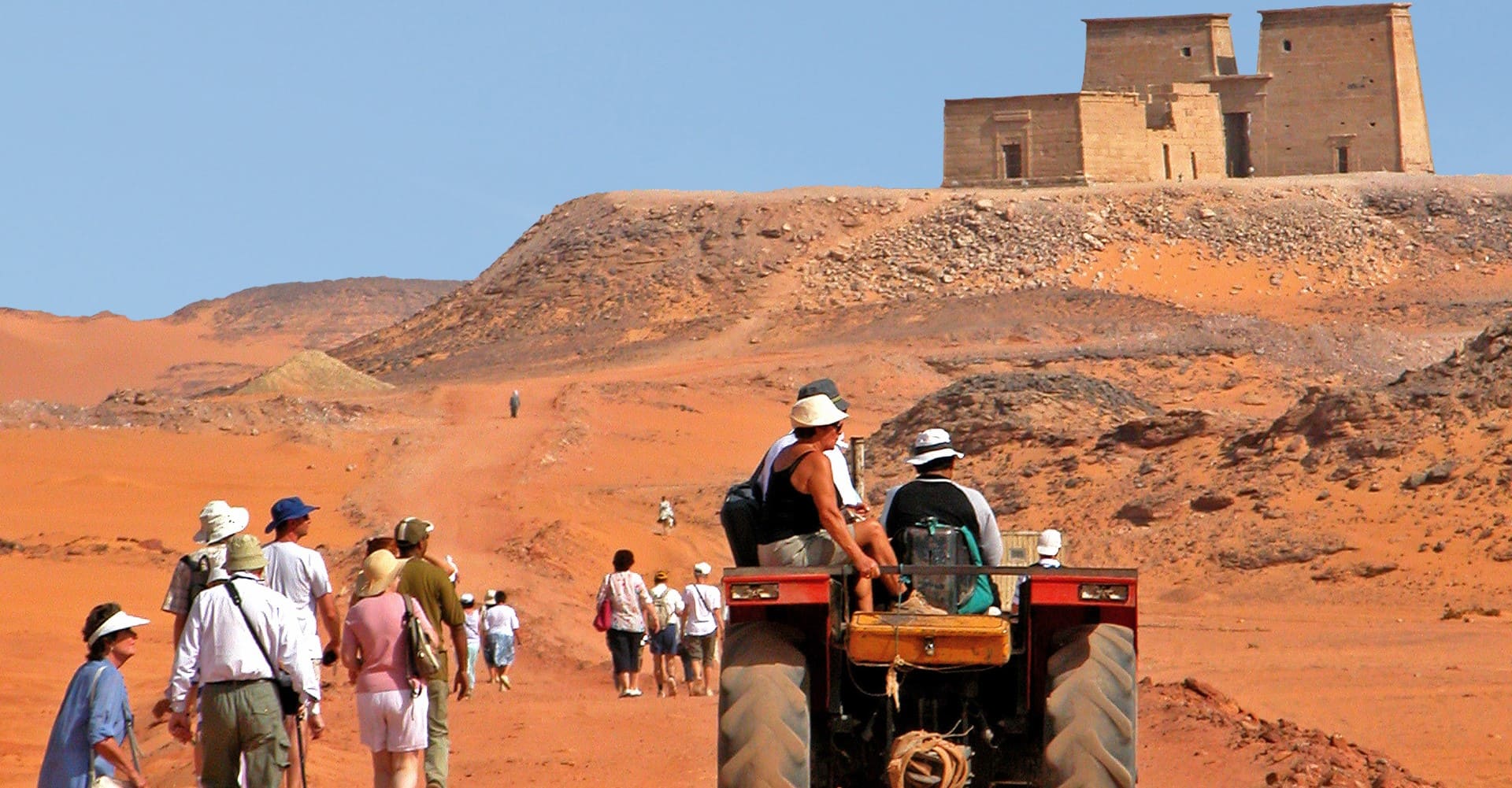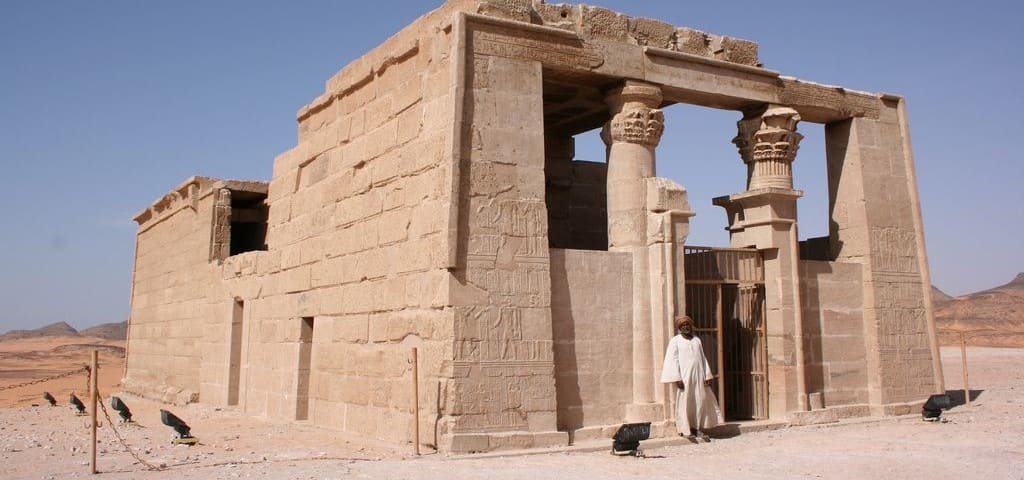Dakka Temple: Exploring the Nubian Heritage
Dakka was a place in Lower Nubia. It is the site of the Greco-Roman Temple of Dakka; which is dedicated to Thoth, the god of wisdom in the ancient Egyptian pantheon. This temple is located about 100 kilometers south of the Aswan Dam. Some scholars say that this temple was built at the time of the 18th dynasty especially during Queen Hatshepsut and King Tutmosis III’s reign, as they found several blocks referring to God Horus to whom they dedicated this temple. Other scholars believe that the king Akamai built the temple, whom the ancient Greeks knew as Ergamenes, in 220 BC while others claim that the date of construction is traced back to the period of Ptolemy II Philadelphus, in 282 – 246. It was also inscribed as a UNESCO World Heritage Site in 1979, as part of Nubian Monuments from Abu Simbel to Philae.

Today, the Dakka temple sits dramatically on a small bluff. It consists of a facade, a pylon, a courtyard, and two sanctuaries. It is also the only Nubian temple with a facade that faces the north and is oriented north-south to parallel the course of the Nile, which also makes it unusual. The temple is also popular with travelers because it has its pylon intact; and in fact, it still forms the entrance to the temple. The pylon however no longer physically connected to the structure because the surrounding walls are gone, but the general outline of the structure is easy to see.
A large dromos leads to the pylon, which forms the entrance to the temple. Each of the pylon towers is decorated in high relief and bears numerous visitor graffiti, most in Greek script. On the southern side of the temple, a small entrance leads into the interior of the pylon. It leads also to a stairway that communicates with several internal rooms. Most travelers taking a Lake Nasser cruise are likely to spend a few hours at the Wadi El Seboua site. There they can see the Temple of Dakka and its much smaller neighbor, the Temple of Maharraqa.

Temple of Dakka relocation
The temple of Dakka was originally located about 100 kilometers south of the Aswan High Dam; in what we refer to today as Nubia though much of that ancient land was covered by Lake Nasser. Because of the impending flooding of the region as a result of the High Dam, it was moved to the site of el-Sebua, about 40 kilometers upstream, between 1962 and 1968. During the relocation, another mystery about the origins of the temple arose that some of the foundation stones were reused from an earlier structure.
To explore Dakk Temple and the other Nubian sites, check out all our available Nile cruises and Lake cruises now from here